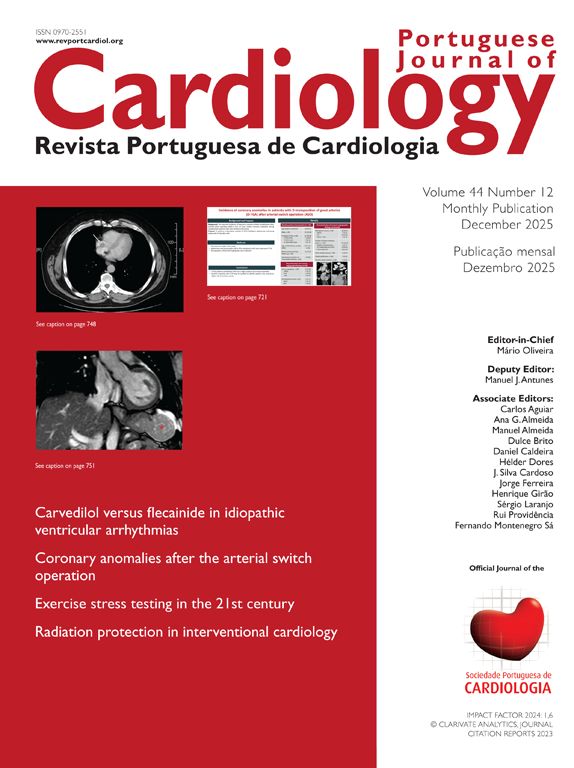An 86-year-old male patient underwent transcatheter aortic valve implantation (TAVI) for severe aortic stenosis, having presented with syncope. His past medical history was relevant for dyslipidemia, right bundle branch block, chronic kidney disease and peripheral artery disease.
Prior to the procedure, an echocardiography showing a peak velocity in aortic valve of 5 m/s, with mean pressure gradient of 69 mmHg and an area of valve of 0.95 cm2 and a computerized tomography (CT) scan demonstrating a tricuspid aortic valve of 24.9 mm diameter according to 78.2 mm perimeter of aortic annulus had been performed. The valvular calcium score was 3645, with a valvular area of 0.8 cm2. A severe calcification of the aortic arch was also noted on the CT scan (Figure 1A–C).
A SAPIEN 3 ULTRA valve was implanted (Supplemental video 1). Pre-dilation was performed with a valve balloon dilated to 22 mm. After the implantation of the valve, a moderate residual leak was noted (Supplemental videos 2 and 3). Post-dilation with the same balloon was attempted, encountering difficulty with balloon progression (Supplemental video 4). At this time, the patient presented with hemodynamic collapse and cardiac arrest. Echocardiogram showed no pericardial effusion, excluding annular rupture, and the coronary arteries were patent. While performing advanced life support maneuvers, an aortography was performed, revealing a rupture at the transition between the aortic arch and the descending aorta (Figure 2 and Supplemental video 5). Tamponade with a 28 mm balloon was performed and a TEVAR 28 mm was implanted with subsequent dilation using a RELIANT balloon. While resolution of the active rupture was achieved angiographically (Figure 3 and Supplemental videos 6–8), and despite 55 minutes of resuscitation maneuvers, cardiac rhythm could not be restored.
Aortic rupture is a rare complication of TAVI, occurring in <1% of the procedures, but it is generally catastrophic.1,2 Rupture can occur from puncture of the aorta by the delivery catheter when trying to advance around an acute angulation in a tortuous aorta.2 A high level of suspicion is needed, and the diagnosis should be considered in any patient undergoing TAVI who experiences hemodynamic instability.1,2 It is a life-threatening complication, as it causes rapid onset hemorrhagic shock. Management options include surgical or endovascular repair (with covered stent grafts).2 Despite appropriate interventions, mortality remains high.1,2
FundingWe declare that there is no funding for this work.
Conflicts of interestNone of the authors have conflicts of interest to disclose.
Clinical case winner of the Young Intervention Cardiologist Award 2024 in the structural intervention category.











